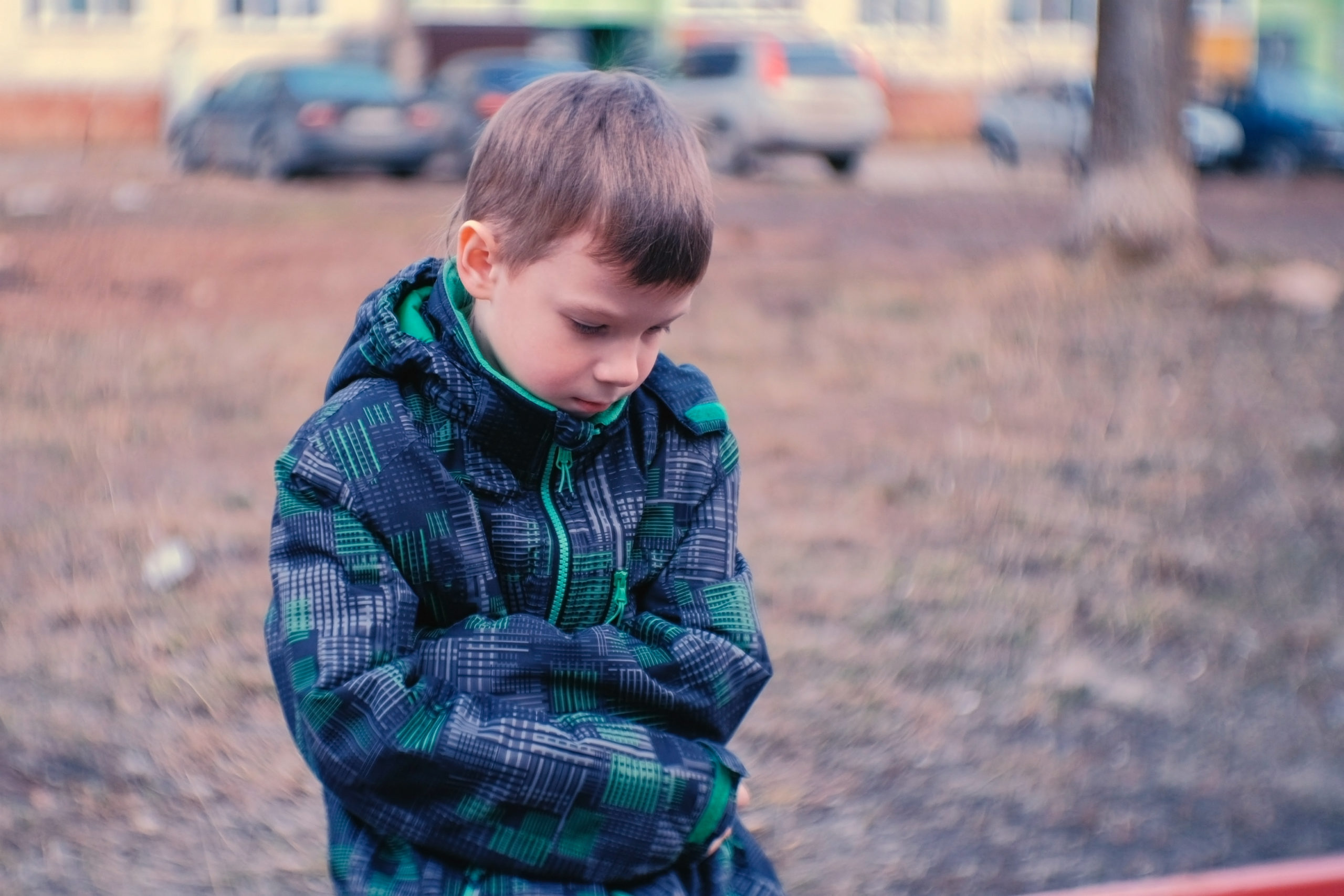We’ve spoken many times about America’s opioid addiction crisis and how it is literally tearing families apart. Now though, some newly released stats are hammering that fact in even harder. Data from the research firm Child Trends is now claiming that the amount of children entering foster care is more than double what had been roughly 10 years ago.
Though the stats could not definitively say that the opioid crisis is to blame for this, there is significant evidence that points in that direction. For example…Of the 268,000 children under the age of 18 who had been removed from their families in 2017, 94,000 (or 36 percent) had prenatal drug abuse listed as the reason. And that, of course, doesn’t account for the adolescent and teenaged children taken away because of addicted parents.
Technically, the most common reason for children to enter the system is “neglect.” But that statement can encompass many things. An alcoholic or drug addicted parent often neglects the children in the home.
At the end of the day, however, it does appear as though babies are accounting for this latest increase.
“Babies are most certainly driving this latest increase,” Sarah Catherine Williams, one of the Child Trends authors, told the website Governing.com. “And it is proving to be quite a difficulty for the system. Many have been exposed to drugs and pose big challenges for foster families. Often they have a host of medical problems, including neurological issues and skin sensitivity, making it all but impossible to cuddle them. And it’s tough to find a day care center that’s able to meet their considerable needs.”
The latest research has shown that West Virginia, Montana, Indiana and Alaska have seen the sharpest foster care spikes. And not coincidentally, there are new alarming opioid stats coming out of those states as well. Alaska, for example, had a 77 percent increase in fatal painkiller overdoses from 2010 to 2017.
And let’s not forget that the young victims of the crisis extend far beyond foster care. One thing these stats aren’t accounting for is the amount of children falling into the custody of grandparents, uncles and aunts. This epidemic has an extremely broad reach and it is turning many extended family members into caregivers.
One trend that also may be worth following up on is the development of these children. Since the crisis is fairly new, we have yet to see the long lasting impact of having an opioid-addicted parent. Let’s hope it doesn’t lead the next generation down this same lethal path.

Sad boy sitting on a bench. Boy is lost and waiting for parents






